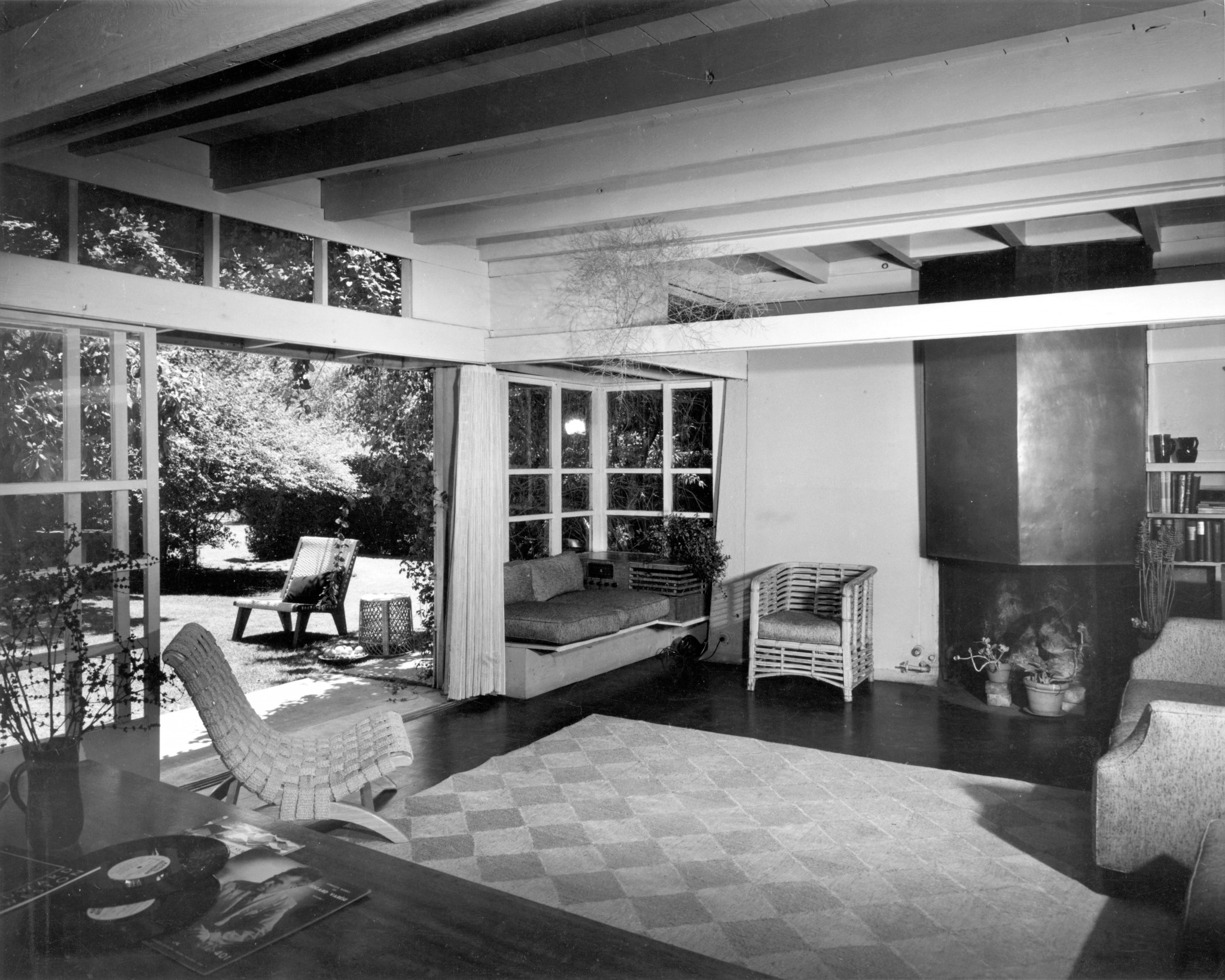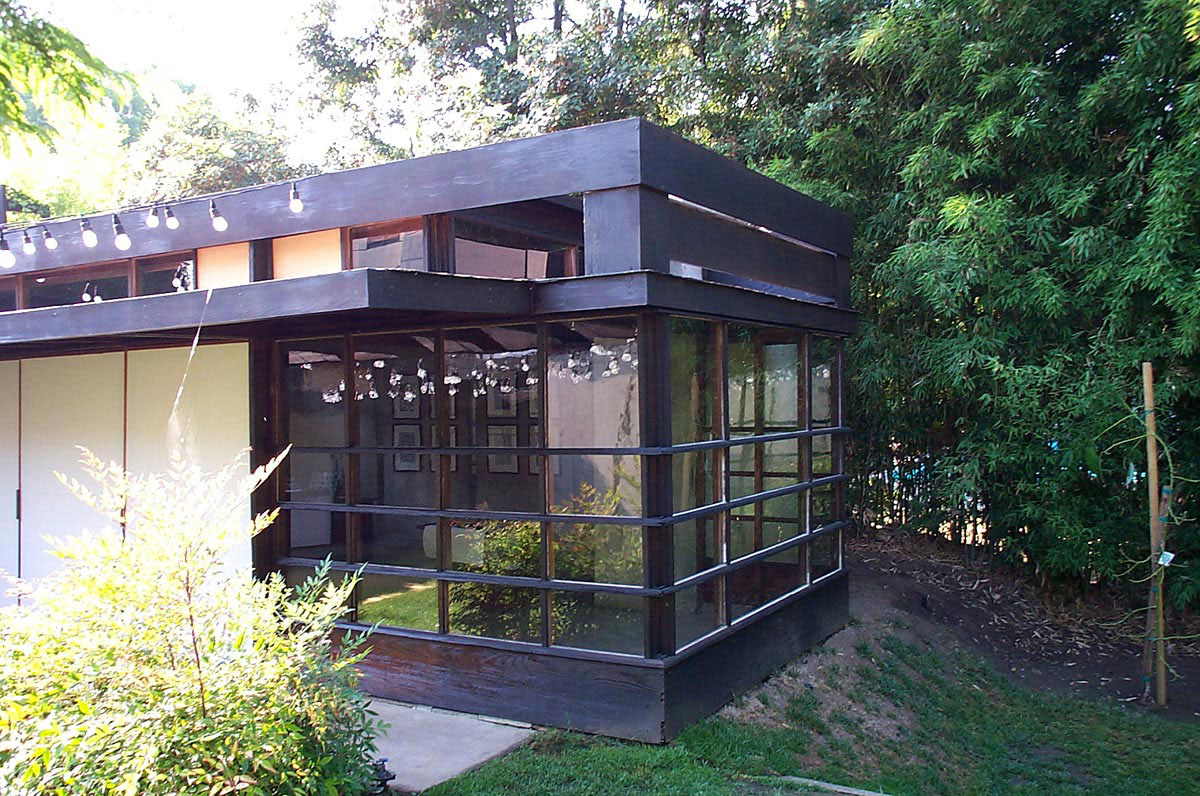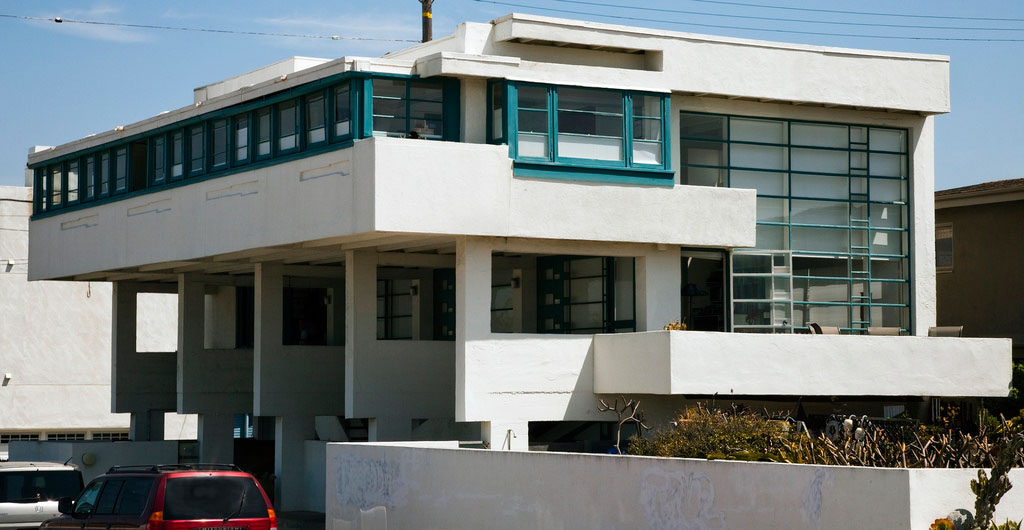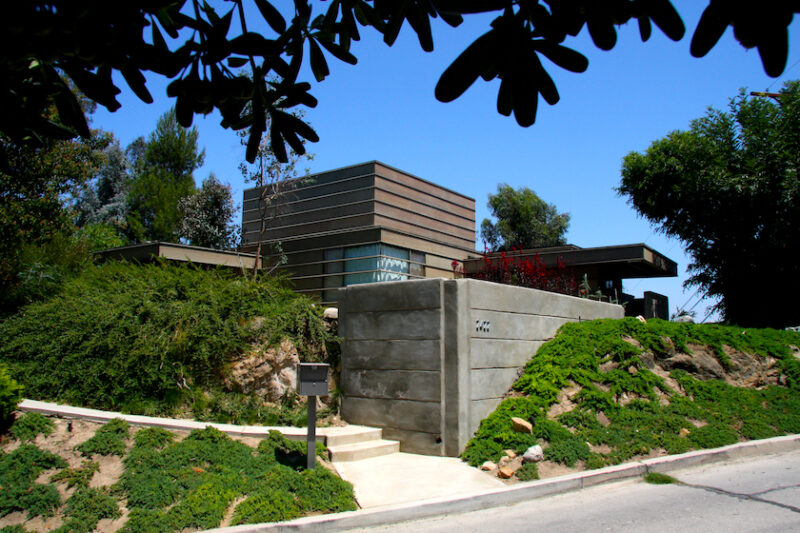
Born in 1887, Rudolph Schindler’s hometown rested in the capital of Austria, Vienna — but the city’s majestic palaces did not inspire him. Space, not marble and other ornate materials, influenced his education as a student at Otto Wagner’s Academy of Fine Arts from 1910-1913.

Schindler looked up to the modernist architect Otto Wagner, who used materials such as reinforced concrete, metal, stone and glass to construct the Austrian Postal Savings Bank. Wagner utilized these minimalistic materials to shape a space rather than create a flamboyant piece of property.
“The 20th century is the first to abandon construction as a source for architectural form,” Schindler said.
Moving Across the Pond & Coast
Despite the presence of Schindler’s other forward-thinking professors Adolf Loos and Carl König, it was an architect in America who captivated the young Vienna native the most. Schindler was looking for something even more modern in the realm of space architecture and found it in Frank Lloyd Wright’s Wasmuth portfolio. He moved to Chicago in 1914 to learn under the American architect, and eventually became his employee in 1918.
Schindler moved thousands of miles again after a work order sent him to Los Angeles in 1920, where he built his iconic home and studio on Kings Road in West Hollywood, California. He resided in his “Schindler Chase House” with wife Pauline Gibling Schindler until his death in 1953.

Designing with Space
Schindler’s architectural style, which implemented highly uncommon concepts for his time like tilt-slab construction and bar-sash windows, struck a sharp visual contrast against the popular Bungalow-style homes sweeping America in the 1920s. Despite Schindler’s unique taste in exterior styles, his specialty rested in the interior.

Some regarded Schindler a radical, but Schindler called himself a space architect. Rather than focusing on the symmetry of a building, Schindler used spacial relations in the building layout to lead his design.
“I consider myself the first and still one of the few architects who consciously abandoned stylistic sculptural architecture in order to develop space as a medium of art. … I believe that outside of Frank Lloyd Wright I am the only architect in U.S. who has attained a distinct local and personal form language,” Rudolph Schindler told Elisabeth Mock at the Museum of Modern Art (MOMA) in August, 1943.
Glass walls that let sunlight pour in, coupled with jutting-out ceilings, may have seemed haphazard to some. For Schindler, it all went according to (space) theory.
Step inside one of Schindler’s California Modern homes by reading Preserved Rudolph Schindler California Modernist Masterpiece on the Market from our archive.
And of course, don’t forget to follow us on Instagram, Facebook and Pinterest for more Mid Century Modern inspiration!













2 comments